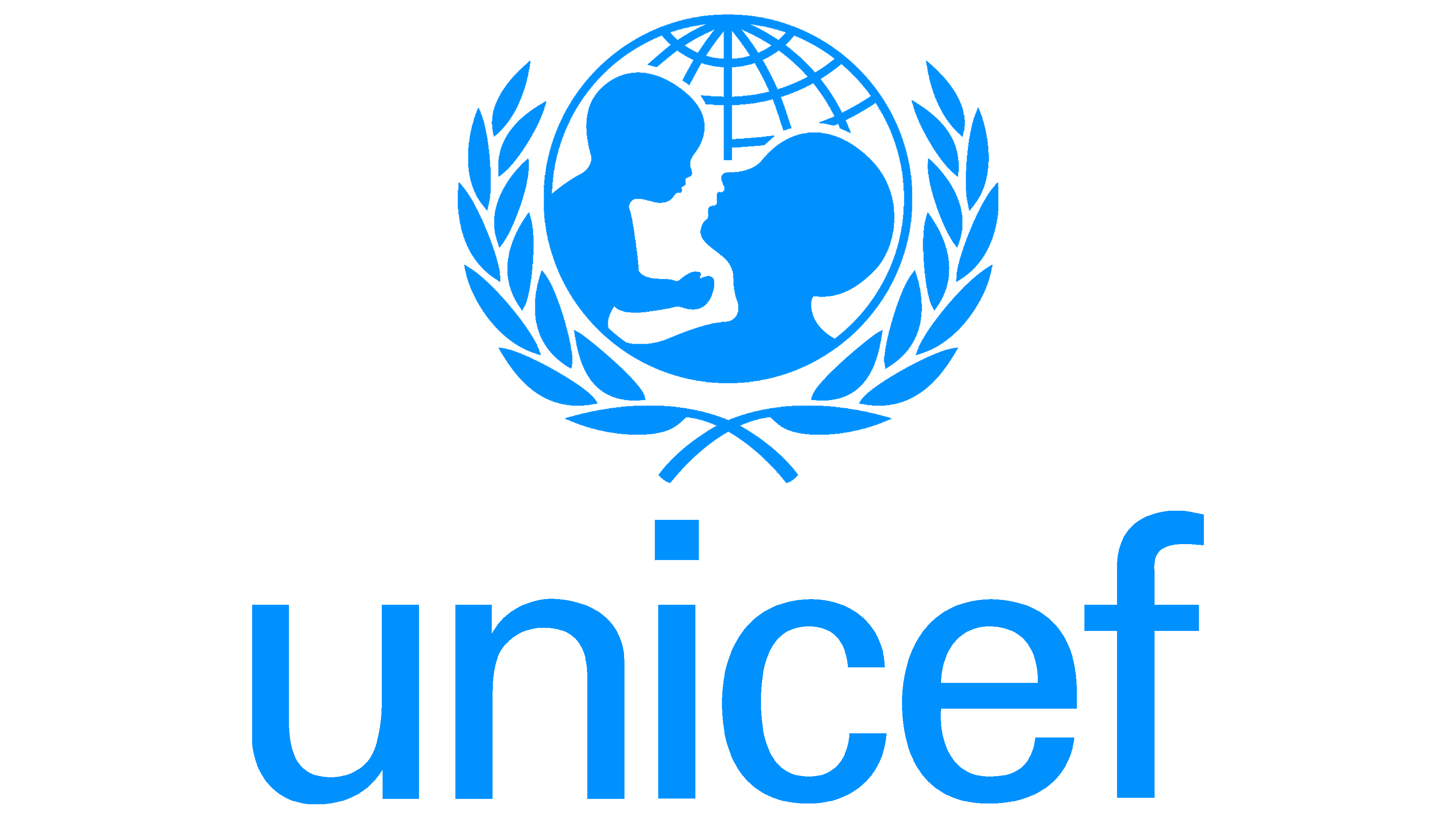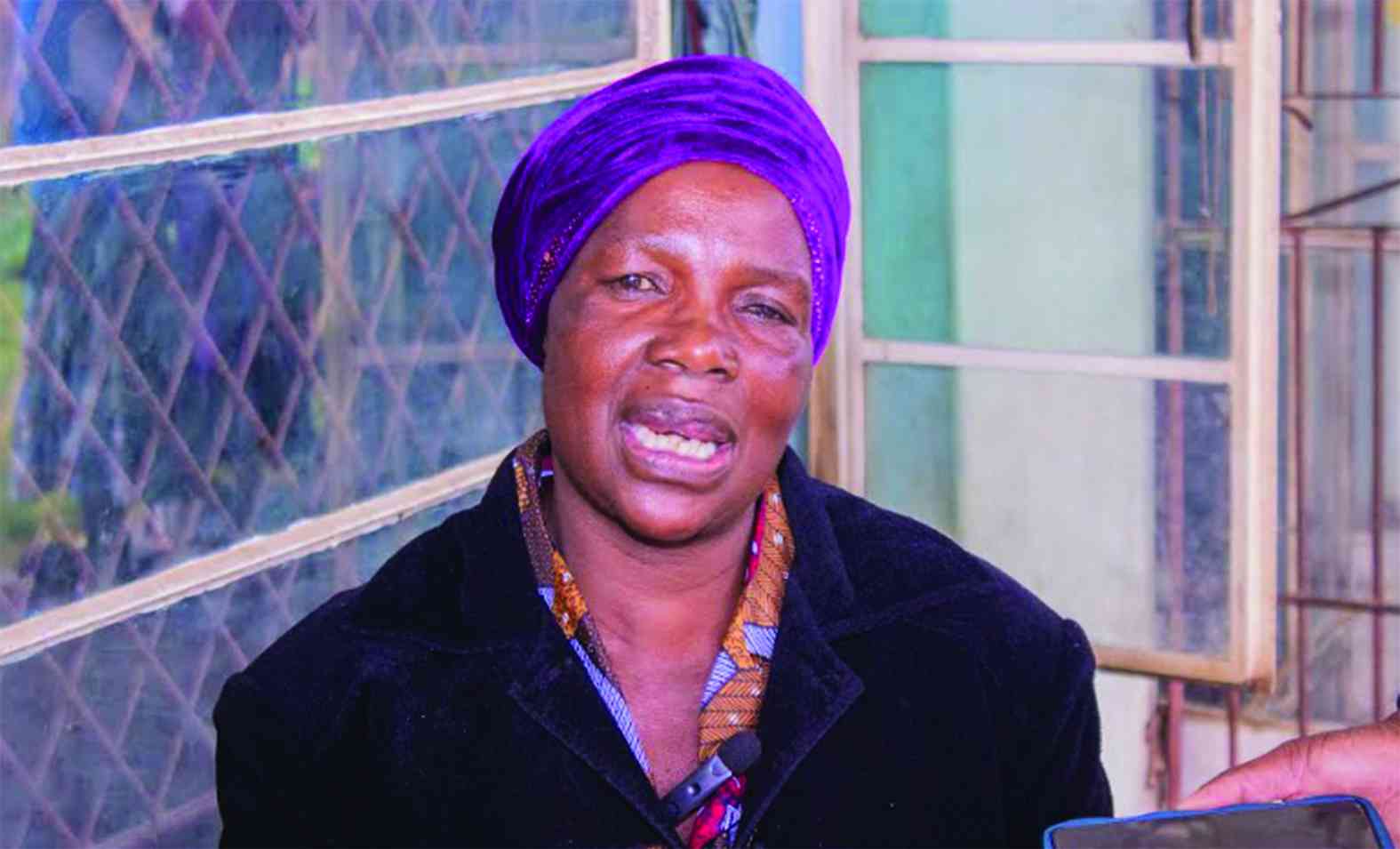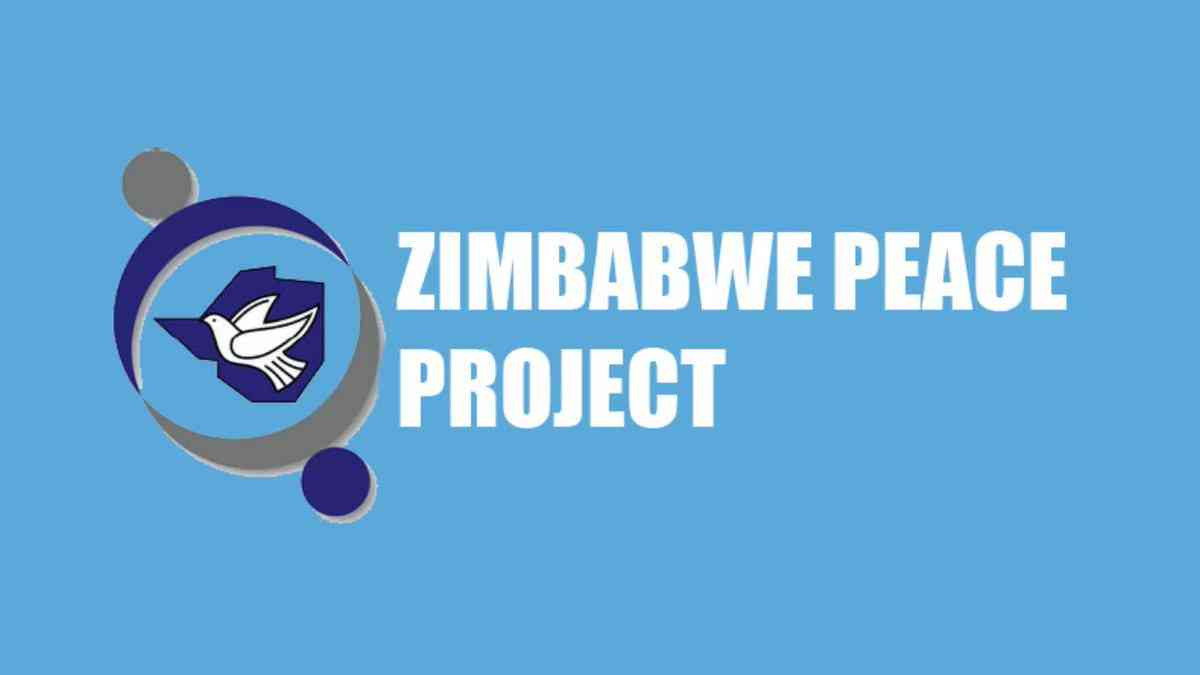
APPROXIMATELY 30% of children under the age of 15 have been affected by cholera in all of Zimbabwe’s 10 provinces, Unicef has said.
According to the latest Unicef report, 31 705 cholera cases have been confirmed, with 683 deaths recorded so far. The cumulative case fatality rate stood at 2,2% when the report was conducted with cases reported in 63 districts across the country’s 10 provinces.
In its Zimbabwe Cholera Outbreak Response Situation Report issued this week, Unicef said 31% of the reported cases were of children under 15 years, while 14% were children under the age of five.
Unicef said cholera cases surged in Mashonaland Central, Mashonaland West and Harare provinces during the Easter holiday with population mobility posing a risk of increased cases.
“Children, women of childbearing age, religious decliners, artisanal miners and farmers in rural settings continue being high-risk groups with 51% of the cumulative cholera cases being women, while 14% are children under five years,” Unicef said.
The UN agency said the El Niño-induced drought would cause further water scarcity within households, resulting in the use of unsafe water sources and water rationing, further compounding the cholera outbreak.
“To improve access to safe water, Unicef and implementing partners provided 9 490 people, including 2 373 children, with safe water through the rehabilitation of nine boreholes in Masvingo province.
“To ensure proper use of household water treatment chemicals, Unicef conducted free residual chlorine testing surveys in Harare which showed that 83% of the sampled water had the recommended chlorine level.
- Chitungwiza sewer infrastructure collapses
- Chitungwiza sewer infrastructure collapses
- More action needed to stem child marriages
- Child marriage: A heavy cost for young girls in Africa
Keep Reading
“Unicef reached 170 600 people, including 17 560 learners in seven provinces (Harare, Manicaland, Masvingo, Mashonaland West, Midlands, Matabeleland North and Mashonaland Central) with hygiene messages at schools, markets and through various inter-communication methods, including door-to-door, radio talk shows, roadshows, health clubs and street outreach.”
The report said Unicef and its partners utilised a network of community volunteers to demonstrate the preparation of salt and sugar solution or oral rehydration solution, reaching 3 500 families — equivalent to 17 500 individuals, including 8 050 children.
Using targeted interventions, Unicef reached 15 108 people with such critical hygiene supplies as soap, Waterguard (a water treatment solution), information, education and communication materials and water containers (20-litre buckets with tap and jerry cans).
The United Nations agency also pre-positioned 27 000 critical hygiene kits in nine provinces to ensure households in hotspot areas have hygiene consumables for three months (April to June 2024).
However, Unicef is seeking US$10,5 million to address the cholera outbreak across Zimbabwe.
“The funding is to enable Unicef to provide critical humanitarian assistance to 1,6 million people, including 736 000 children in the cholera epicentres of the country’s 10 provinces.
“So far, Unicef Zimbabwe has received a total of US$ 5,2 million (50% of the total cholera response funding requirement),” the report added.











